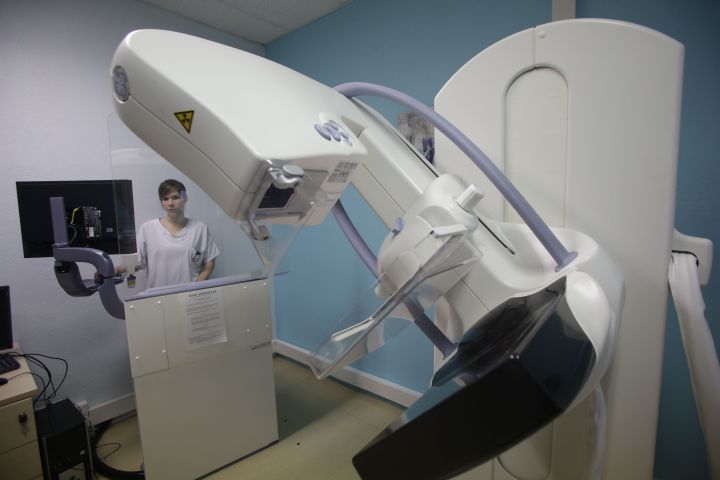
New mammogram age guidelines could detect cancer earlier — and add costs for women
New mammogram age guidelines could detect cancer earlier — and add costs for women

A new U.S. guideline on breast cancer screening says women with average risk factors should start getting regular mammograms at age 40 instead of age 50.
Preventative mammograms are covered by most insurance providers, but follow-up exams might not be. And false positive results can have a cost of their own.
“My doctor recommended it to me at 40,” said Yaa Akosi Antwi, an economics professor at Johns Hopkins University. “So this change was a little bit surprising because I thought it was already at 40.”
Her own confusion aside, she said this change may have real economic consequences for insurance companies, providers, and patients.
The Affordable Care Act requires insurers — including Medicare and Medicaid — to pay for preventative mammograms.
“What this means is that perhaps insurance companies would pass it on to consumers in terms of higher premiums,” Antwi said.
They also might just absorb the cost, said health economist Jason Shafrin, with FTI Consulting.
“If you detect people with breast cancer earlier, the cost of treating people at early-stage breast cancer, compared to later, is much cheaper,” he said.
Earlier tests might be saving lives and lowering the cost burden on the system overall. But it’s not that simple for clinics and hospitals, according to Shafrin.
“Costs are rising and reimbursement may be lagging, especially for the public payers, Medicare and Medicaid,” he said.
For most insured patients, it won’t cost any more to start getting mammograms earlier, because they’re fully covered.
However, the roughly 16% of people who get an abnormal result will probably need more tests. Unlike mammograms, those might not be free.
“That really depends on the individual’s health insurance policy,” said Heather Gold, a professor of population health at New York University.
Anywhere from 7%-12% of follow-up tests reveal no cancer at all, which is known as a false positive. Those false positives can be financially, medically and emotionally draining.
Still, the uninsured are left completely behind — and, as Antwi at Johns Hopkins said, there’s a racial divide.
“African-American women are overrepresented in terms of people who are without insurance or on public insurance,” she said.
The U.S. Preventative Health Care Task Force included in its announcement this week that Black women are 40% more likely to die of breast cancer than white women. And lowering the screening age may not be enough to change that.
There’s a lot happening in the world. Through it all, Marketplace is here for you.
You rely on Marketplace to break down the world’s events and tell you how it affects you in a fact-based, approachable way. We rely on your financial support to keep making that possible.
Your donation today powers the independent journalism that you rely on. For just $5/month, you can help sustain Marketplace so we can keep reporting on the things that matter to you.

















